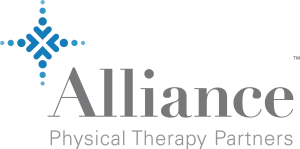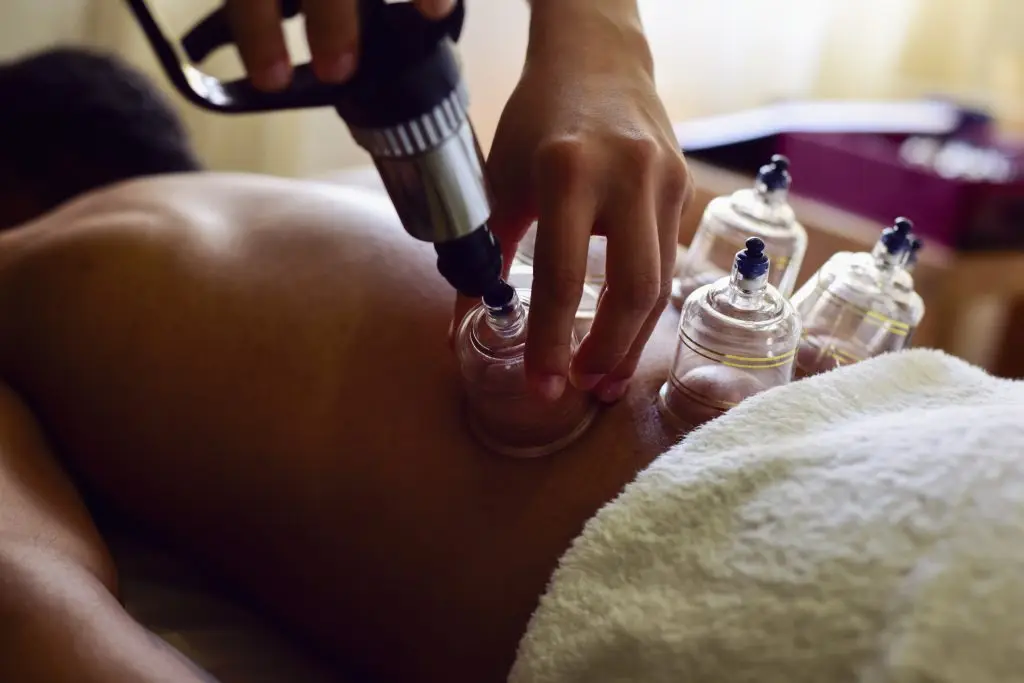Cupping therapy isn’t just a new fad treatment; it’s a practice steeped in history. Originating from ancient Egyptian, Chinese, and Middle Eastern cultures, cupping has been used for thousands of years. Records suggest that the ancient Egyptians employed it as early as 1500 B.C., as indicated by one of the oldest medical textbooks, the Ebers Papyrus.
In recent years, this age-old technique has gained popularity, largely due to high-profile endorsements from athletes. Michael Phelps famously showcased his cupping marks during the 2016 Olympics, and many NBA athletes can be regularly seen with them as well. Today, cupping therapy is embraced by wellness enthusiasts and athletes seeking natural methods to enhance their health and performance.
What is cupping therapy?
Cupping therapy is a manual physical therapy technique that involves placing vacuum suction cups on the skin to manipulate the skin and underlying soft tissue. This suction facilitates healing with increased blood flow, reduced inflammation, and relief from muscle tension.
The process is relatively straightforward. Cups made of glass or plastic are placed on the skin. A vacuum pump then pulls the air out of the cups, drawing skin and underlying tissues into the cup. This method can leave temporary circular marks on the skin, which are often seen as a sign of effective treatment.
Cupping therapy is suitable for almost anyone, from athletes looking to enhance recovery to individuals seeking relief from chronic pain or repetitive stress-related conditions. It’s particularly beneficial for those who prefer non-invasive therapies and believe in the body’s natural ability to heal.
Conditions we treat with cupping therapy
Cupping therapy is highly versatile and can be used to address a range of health issues in conjunction with other medical and physical therapeutic methodologies. Conditions that can benefit from cupping include:
- Arthritis
- General back pain, neck pain, and shoulder pain
- Herniated discs
- Carpal tunnel syndrome
- Asthma and other breathing disorders
- Irritable bowel syndrome (IBS) and other gastrointestinal disorders
- Headaches
- High blood pressure
What to expect from your cupping massage appointment
If you’re looking to start cupping therapy, whether you’re currently seeing a physical therapist for another condition or not, we’ll first perform an evaluation of your symptoms, goals, and current health to make sure you’re a good candidate for this treatment. We recommend that you arrive to cupping sessions well-rested and hydrated so your blood flow is optimal both during and after the treatment.
During a cupping therapy session, your cupping therapist will place cups on targeted areas of your body. The cups will remain in place for about 15 to 30 minutes, creating a gentle pulling and stretching sensation throughout the area. You may feel a warm, relaxing sensation as the therapy progresses. Cupping therapy is not usually painful, but does leave temporary marks where the cups were in contact with the skin. These typically go away in a few days.
After the session, your therapist will provide aftercare instructions to maximize the benefits of the therapy. This may include staying hydrated, avoiding strenuous activities, and keeping the treated areas moisturized.
For optimal results, we typically recommend doing between 5 and 10 cupping sessions based on your individual needs and health conditions.
Cupping therapy near me
If you’re interested in how cupping therapy might enhance your approach to physical therapy, consider calling one of our nearby clinic locations or requesting a cupping appointment online. We’re happy to answer any questions you have ahead of your appointment and help you figure out if this therapeutic approach is right for you.



